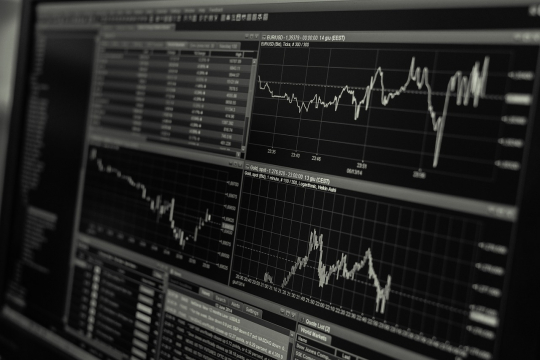9 Types of Investment Risk – A Guide for New Brunswick Investors

What is Risk?
All investments involve some degree of risk. Although most people think of risk only in terms of loss, risk is the chance that an investment may decrease or increase in value from what is expected. Simply put, risk is a measure of how much an investment’s actual return differs from what the investment is expected to return. Riskier investments come with the potential to earn higher returns, while less risky investments generally have lower returns.
Risk Tolerance
Investment risk is not just a mathematical calculation. Each investor has their own level of risk they’re willing to take on. This is known as risk tolerance. Your risk tolerance may be based on things such as your age, family or financial situation, your emotions, and your financial goals. Your registered investment professional will work with you to evaluate how much risk you’re willing and able to take on, and develop your risk profile. They use this information to help determine which mix of investments are best suited for your investment portfolio. You should re-evaluate your risk tolerance regularly with your registered investment professional – especially if your personal or financial situation changes. It is important to keep your investment professional up to date on any changes to your situation (for example changing jobs, having a baby, or a change in your marital status) that may impact how much risk you are willing and able to take on.
Types of Risk
Here are 9 types of investment risk you may be exposed to as an investor:
- Market Risk – the risk that your investments may decrease in value due to economic developments or events that affect the entire market. There are four types of market risk:
a. Equity risk – the risk that share prices in general will fluctuate
b. Interest rate risk – the risk that interest rates will fluctuate and impact the value of a debt investment (like bonds)
c. Currency risk – the risk that exchange rates will fluctuate and impact the value of an investment in a foreign currency.
d. Commodity risk – the risk that commodity (crude oil, corn, etc.) prices will change and impact the value of an investment. - Liquidity Risk – Liquidity refers to how easy it is to buy or sell an investment. Liquidity risk is the risk of not being able to sell your investments at a certain price when you want to. For example, some investments may require you to hold them for a certain length of time before you can sell.
- Concentration Risk – the risk of loss when all your investment money is concentrated in one type of investment. Diversification can minimize this risk by owning different types of investments in different industries and locations.
- Credit Risk – Also referred to as default risk, this applies to debt investments such as bonds. It is the risk that the government or company that issued the bond will be unable to pay the interest or repay the principal at maturity. The bond’s credit rating can help you evaluate credit risk. A credit rating of AAA represents the lowest credit risk.
- Reinvestment risk – the risk of loss if you reinvest your investment returns as a lower interest rate.
- Inflation risk – the risk of loss in your purchasing power if your investment does not keep up with inflation.
- Horizon risk – the risk that your investment timeline (or horizon) may change because of an unexpected life event. For example, the loss of a job may cause you to have to sell your investments earlier than you expected.
- Longevity risk – the risk of outliving your savings or investments.
- Foreign investment risk – the risk of loss when you invest in foreign countries. This can include investing in equities in foreign companies, or simply making any investment with an entity that is not based in Canada. There can be currency risks, political risk or interest rate risks that might not affect similar investments within Canada.
